Plastic glasses with all kinds of doors and domed doors are one of the most popular. The present invention provides a disposable dome lid designed to be mounted on a beverage cup or similar container having an opening at the upper end thereof, wherein the cup opening is formed by a substantially circular cup rim, the upper end of which rests on a base plane. takes, becomes clear.
In one aspect of the invention, a domed lid is provided for mounting on a drinking cup or similar container with an opening at the top.
The disposable vacuum dome lid is composed of extruded plastic sheet material, as will be discussed in more detail, and includes a circular flat top surface, a side surface that hinges downward from the top surface, and A cupped rim engages the depression that is formed. Near the outer edge of the disposable dome door.

The cup-shaped edge of the dome’s disposable lid has a depression in the middle.
The cleft engaging the rim of the cup is characterized on its outer side by a roughly rounded, downward sloping apron, and on its inner side by a side wall of a downward depression. Both of these features are located on the outer edge of the depression.
The downward descending side surface and side wall of the recess extend into an upward recess below the upper surface of the cup lid and meet at the base of this upward recess. The upward indentation is located below the top surface of the cup lid.
A portion of the upper surface, which is normally rounded, offset and flared, terminates in the engagement surface of the lower lip from which it descends and has a lateral edge on each side.
Each side of this surface has a lateral edge. At each of the lateral edges of the engaging surface of the lower lip, with the lateral surface sloping downwards from the upper surface, it is welded around the remaining circle of this surface. On the upper surface, a recessed “U”-shaped hinge is created.
This hinge is placed apart from the contact surface with the lower lip and is parallel to that surface. To define a tear flap, fault lines are etched on the essentially planar surface of the upper surface. If this flap is opened back, the U-shaped hinge will fold back.
When the tear flap is folded back in this way, it creates a hole in the upper surface next to the surface to contact the lower lip.
This hole allows the user to drink from the top of the container. The tear flap is characterized by three fault lines, one of which is the outer fault line and two edge fault lines. This arrangement is beneficial.

Edge fault lines branch off from the respective ends of the outer fault line and proceed towards the U-shaped hinge, where they terminate.
Near the edge of the tear valve, ideally there should be a stub that continues upward and locks, as this design is optimal.
Additionally, a locking recess is formed in the upper substantially planar surface on the opposite side of the U-shaped hinge from the locking base and also at a specified distance from the U-shaped hinge.
Both of these features are produced at a certain distance from the U-shaped hinge.
Therefore, when the tear flap is pushed back by breaking the fault lines and wrapped around the U-shaped hinge, the locking pin engages in the locking recess to secure it.
This allows the flap to be torn off without damaging it.
In most cases, the width or length, or both, of the lock stub and the locking recess are selected such that the locking pin is held in the locking recess by interference between the edges of each. This may be done through width, length or both.
When a disposable dome lid is used on a drinking cup, the surface contacting the user’s lower lip may be somewhat concave in plain view relative to the outer periphery of the lid.
This allows the surface to conform to the user’s lower lip when the lid is placed on the drinking cup. Naturally, several of these features are often incorporated into dome caps that meet the listed criteria.
With one embodiment of the present invention, the outer fault line defining the tear flap may be slightly convex relative to the outer edge of the cap in plain view. And, in general, the outer fault line and the involved surface of the lower lip are shaped to essentially share an axis of symmetry.

In this example, the tear flap may be slightly convex to the outer surface in plain view.
As a result, as they rotate along the axis of symmetry, the contact surface of the lower lip and the outer fault line diverge in plain view.
In an alternative embodiment of the present invention, the outer fault line forming the tear flap is located at or very close to the outer periphery of the top region of the cap.
This is done to create a diaphragm through the drinker and an engaging surface of the lower lip just below the outer rim of the mouth, thus facilitating the drinking process.
In any form of the invention, each of the side surfaces and the lower lip engagement surface generally extends downward and slightly outward from the flat top surface of the cup lid.
This applies to all innovation implementations.
This makes it easier to remove cup lids from male molds during vacuum formation, or from inside female molds if such a technique is chosen. And, in any case, the ability to stack at a reduced stacking height for a large number of disposable dome caps similar to this invention can be achieved. This topic will be discussed more in the following paragraphs.
It is one of the most useful inventions.
However, due to the shape of the disposable dome caps of this invention, a secure plug fit is possible.
This is because the down-dependent apron formed on the outer rim of the cup lid extends completely around it, and the side wall of the downward depression forming the inner side of the slot engaging the cup rim is only Where the surface involved is the lower lip, it is cut off. Is located.

These two expressions such as up, up, down, bottom, etc. should be interpreted according to their ordinary meanings regarding the conventional location of the lid on the drinking cup, which is the top of the cup.
This is the case because the up, up and down directions are all in opposite directions. We can provide you with any quantity of disposable cups with lids. Contacting our sales managers should be your only course of action.
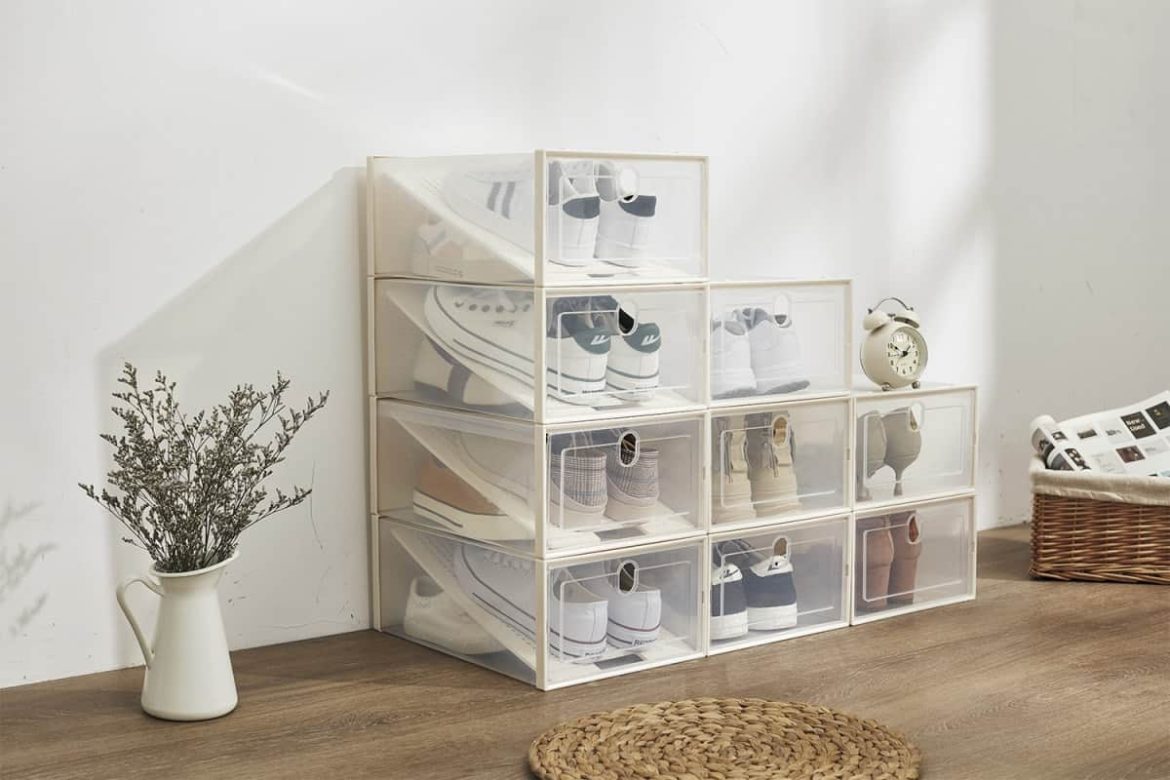
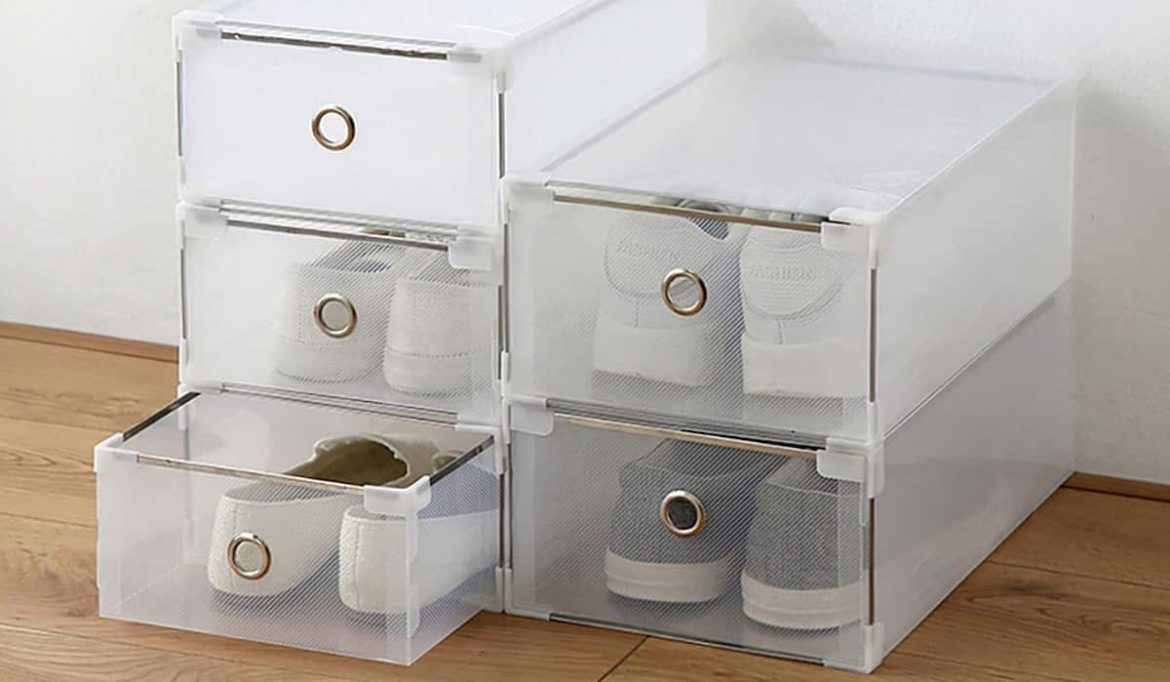
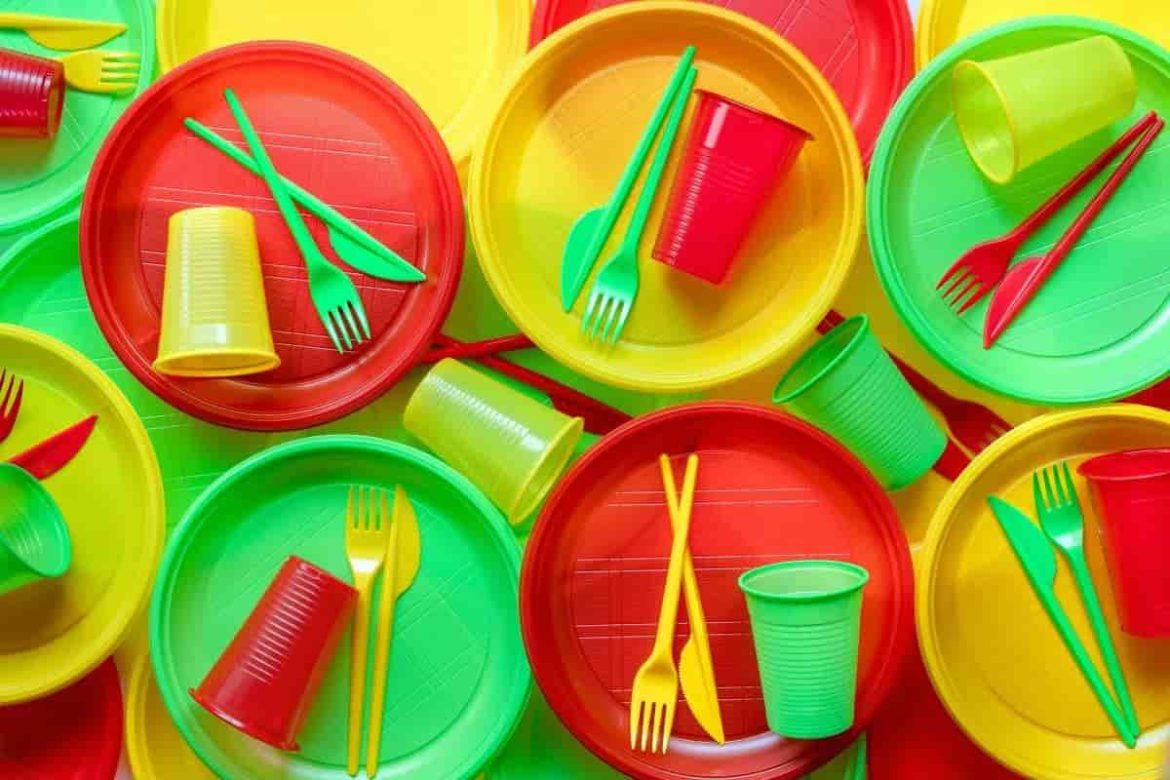
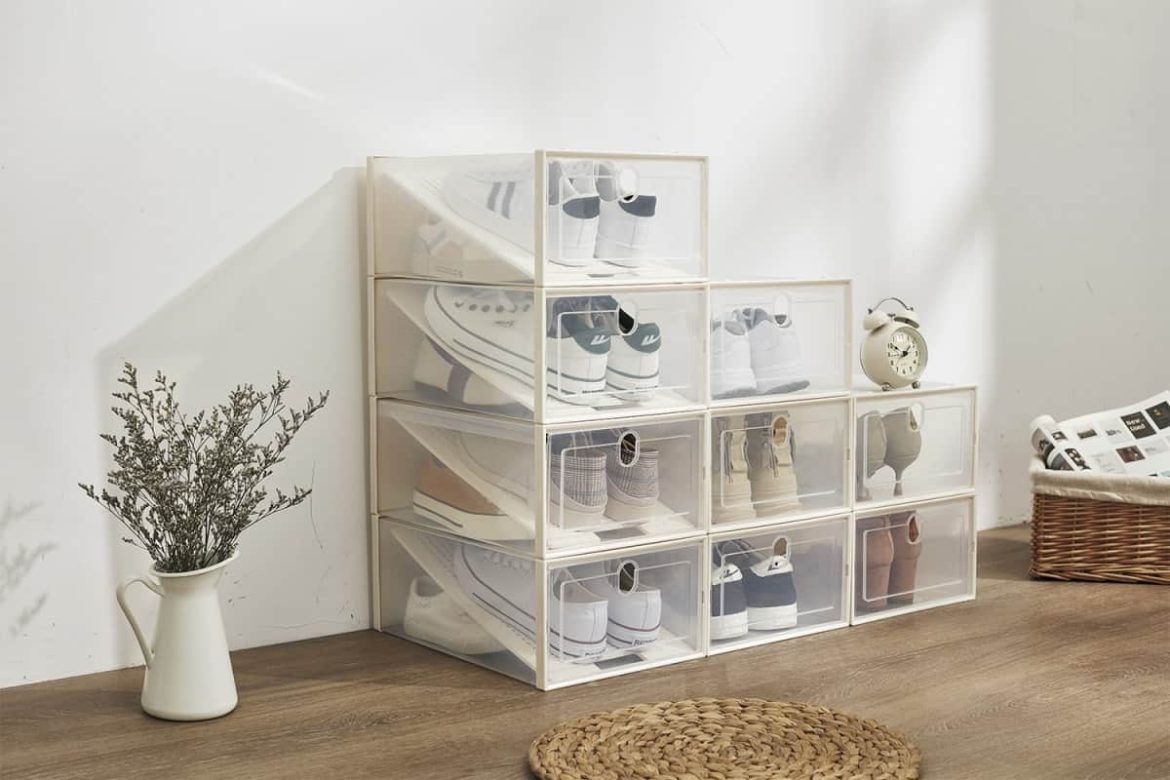
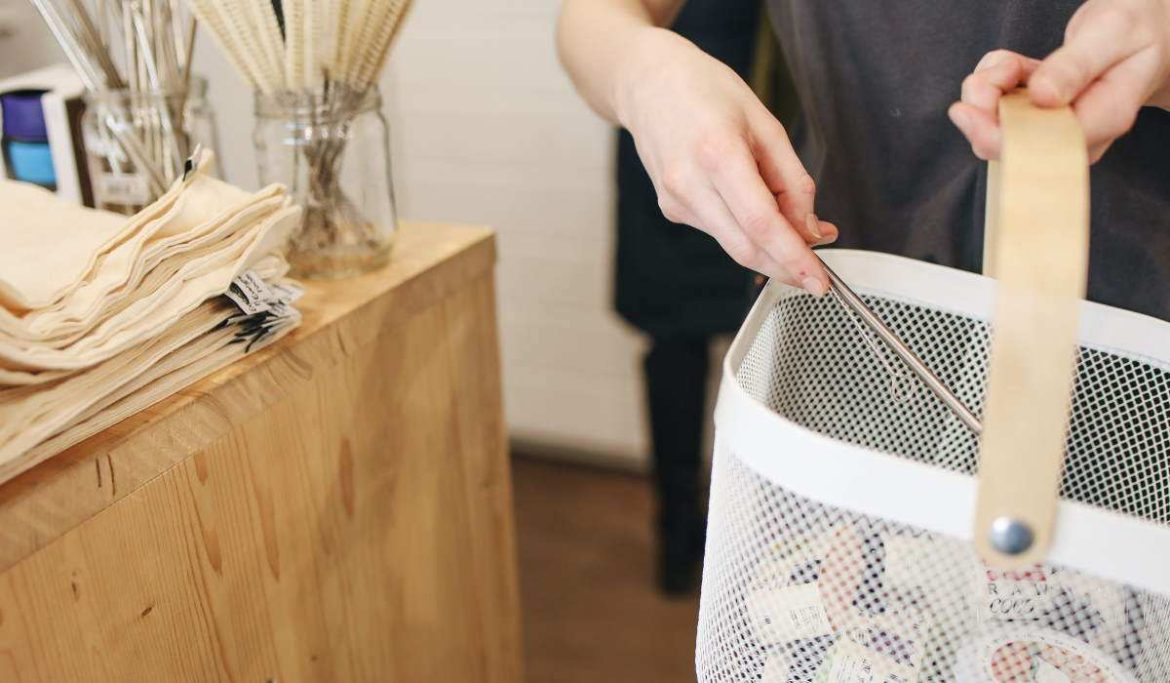





Your comment submitted.